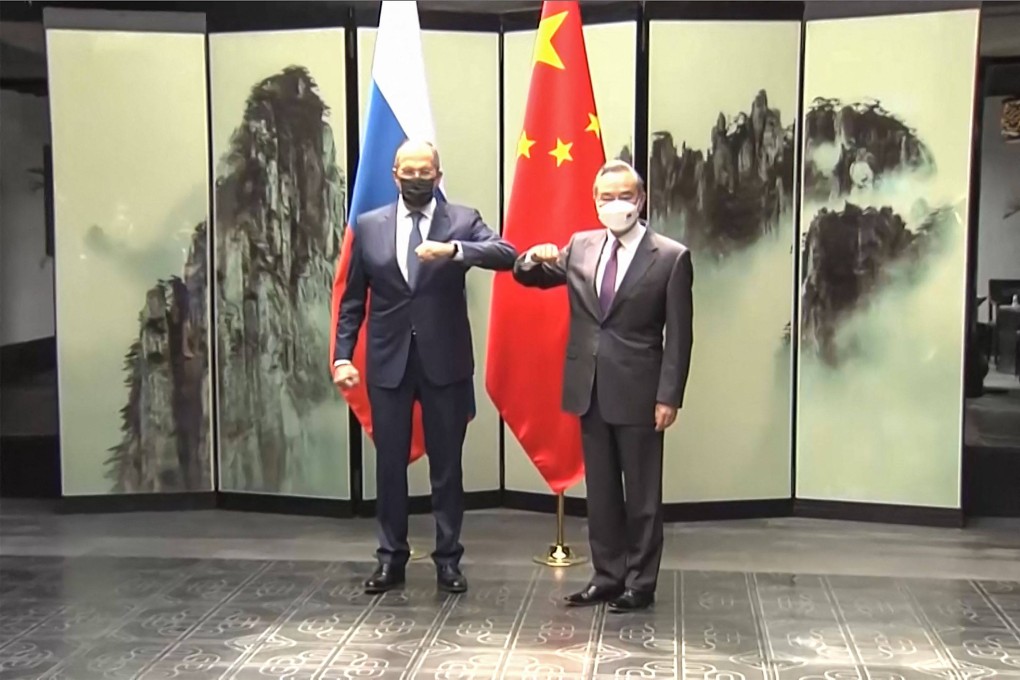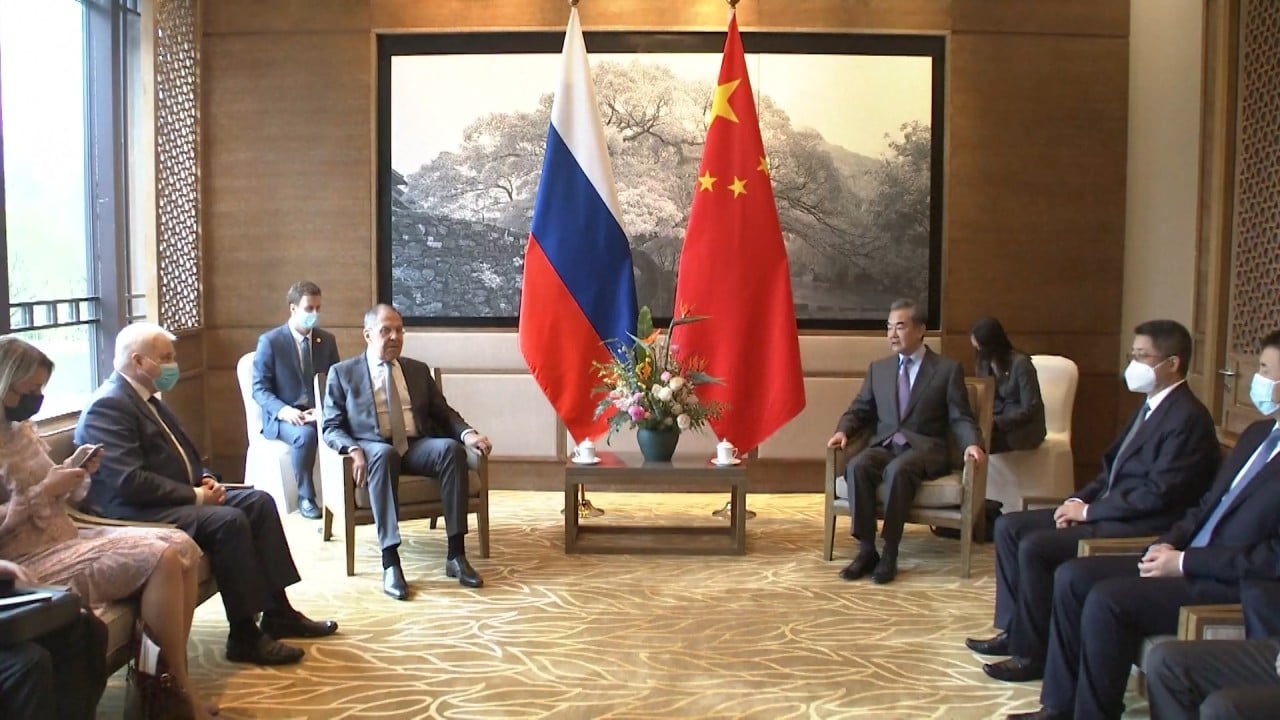Ukraine war: Data shows tighter convergence of Chinese, Russian messaging, US analysts say
- Studies show alignment of Chinese and Russian official and media narratives of the conflict, as well as differences
- New data comes to light amid a dispute between US and Chinese officials over who bears responsibility for Russia’s invasion

Social media posts by Chinese official sources echoing the Kremlin’s line that Nato’s expansion is the cause of tensions between Russia and Ukraine have surged in recent months, according to data released by US analysts on Wednesday.
The new data comes to light amid a dispute between US and Chinese officials over who bears responsibility for Russia’s invasion of the Eastern European country in February, including frequent allegations by Washington that Beijing has taken Moscow’s side.
German Marshall Fund (GMF) fellow Bret Schafer and Georgia State University professor Maria Repnikova outlined in a briefing organised by the US State Department the data that shows a convergence of Chinese and Russian official and media narratives of the conflict, as well as differences.
“The most mentioned country in the context of war from Chinese officials in 2022 is the United States, not Ukraine or Russia,” said Schafer, who runs an online open-source dashboard developed for GMF called Hamilton 2.0. The platform tracks the outputs of Russian, Chinese and Iranian state media outlets, diplomats and government officials.
For example, Schafer’s research turned up 366 posts through official Chinese accounts on the subject of Nato expansion in the first four months of 2022 so far, compared with 36 for the whole of 2021. The research counted mentions of Ukraine with the word “Nazi” on these accounts 108 times in 2022 so far, compared with only twice last year.
GMF is a public policy think tank that advocates for closer cooperation between the US and Europe on advancing democracy and human rights worldwide.
